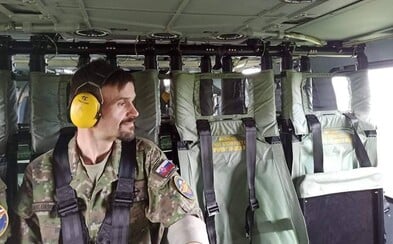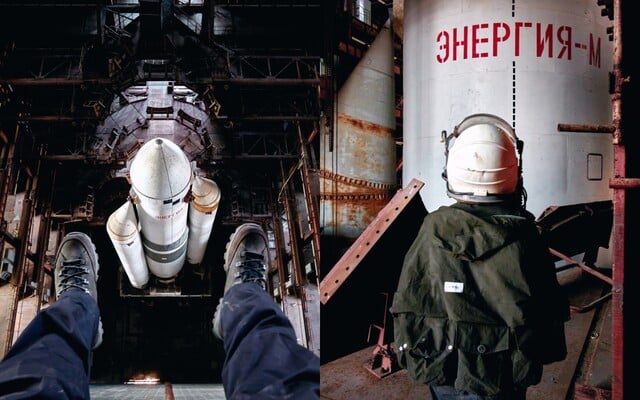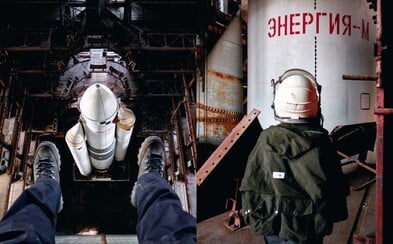 Filip visited the abandoned Soviet Baikonur Cosmodrome: The sight of the ruins of the most expensive space project is unreal
Filip visited the abandoned Soviet Baikonur Cosmodrome: The sight of the ruins of the most expensive space project is unreal
Filip visited the abandoned Soviet Baikonur Cosmodrome: The sight of the ruins of the most expensive space project is unreal
Filip visited the abandoned Soviet Baikonur Cosmodrome: The sight of the ruins of the most expensive space project is unreal
Slovak Robo researches freezing people: I've removed brains from skulls several times. Hopefully one day we'll be able to turn it back on (Interview)
The ideal candidate for cryopreservation is a young person with a rare and as yet incurable disease who has hope that a cure will be found within a few years.
If problems persis, please contact administrator.
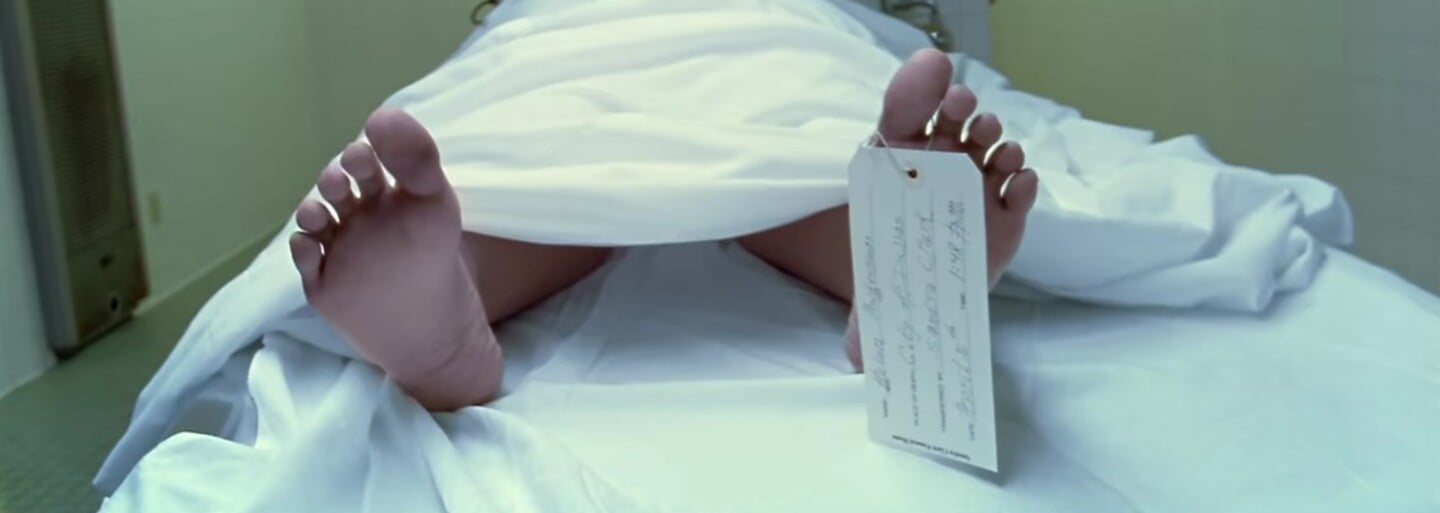
For a year and a half, Robo Zimmermann conducted research at an international firm whose goal was nothing less than to find the answer to humanity's oldest question - how to survive one's own death. He believes the answer is held in the hands of the science of freezing and thawing living tissue, cryopreservation.
During the interview, the native of Banská Bystrica and a PhD student in medicine shows us not only the modernly equipped laboratory, the operating bed or the CT scanner, but also the soul of the whole project underground.
"We can cool the body by one degree per hour in this cooling box. Right next door is a storage tank with a capacity of 1,800 litres, which can hold four adult bodies. And this is a shelf for storing brains," he concludes, as if he's just introduced a standard living room.
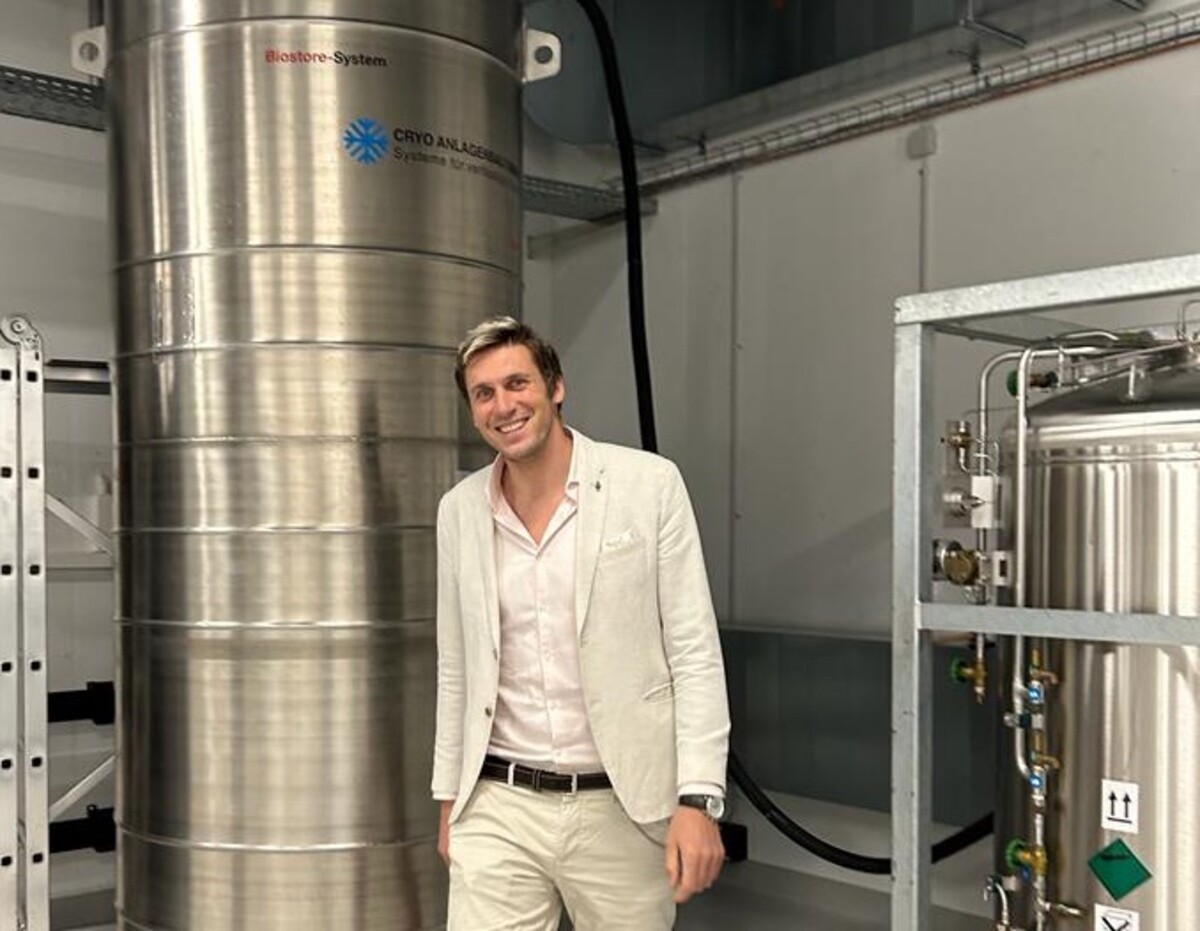
How did you find this, shall we say, unusual job?I didn't know anything about this field at first, because my PhD is in a different field. After school I wanted to leave the classical academia and do something interesting. I was thinking about "corporate" and I was also starting a startup. However, when I found out that they were looking for a person to do research in cryonics, I was delighted.
What was your job?
I was the chief scientist. I tried to come up with questions that seemed solvable, either experimentally or by outsourcing. We had only recently opened and were working mainly on gaining knowledge and getting to know what other labs were working on, so we didn't duplicate their research.
The company is focusing on human cryopreservation research and will eventually add frozen human storage. Meanwhile, body preparation will take several days, as it is a complex procedure that aims to minimize damage to the body.
Does he have anyone frozen?Yes, we already have vitrified patients, but how many or any further information in this regard I can not provide. We also already have over 350 registrants. They are mostly people in their thirties who have a long life ahead of them. However, if someone should happen to die prematurely, we are already theoretically ready for cryopreservation today.
Who is the ideal candidate for cryopreservation?
A young man with a rare and as yet incurable disease, who is hopeful that a cure will be found within a few years. Traditionally, the only choice is between burial in the ground and cremation. The chances of him ever seeing the light of day again after he turns to ashes are not very good.
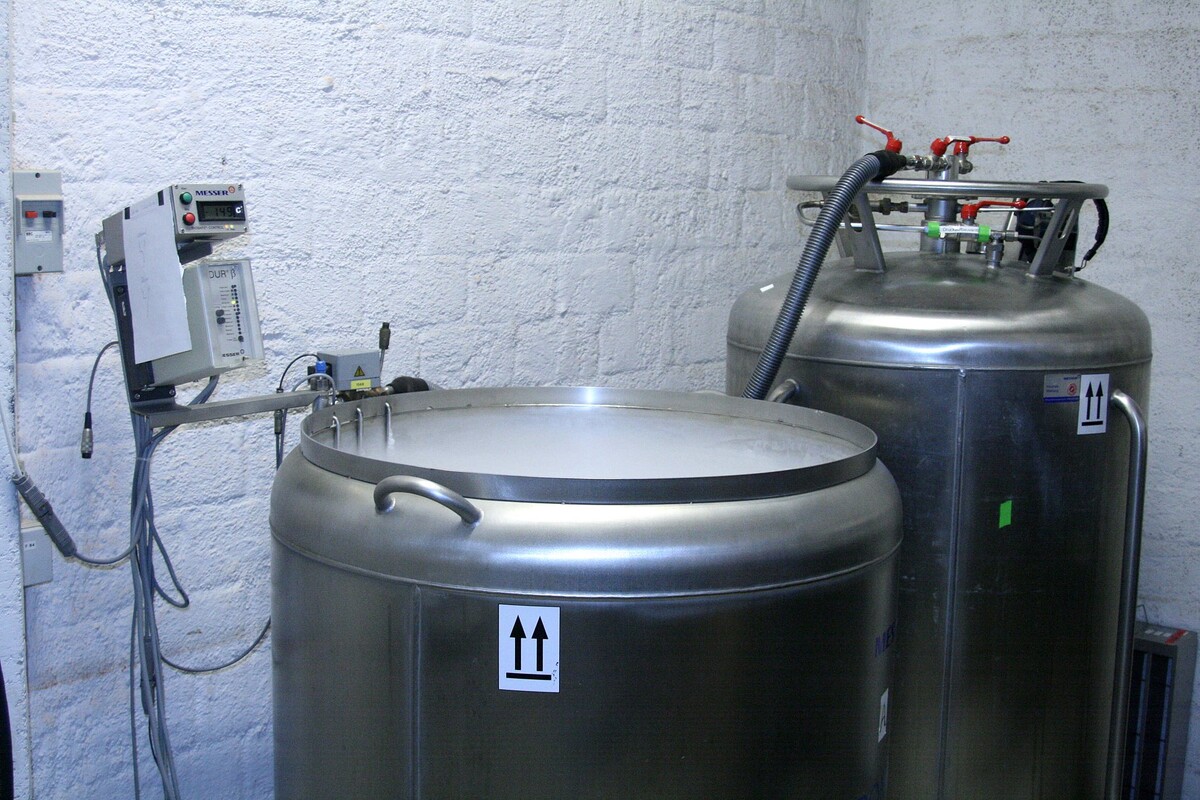
Isn't it zero?
As a scientist, I prefer the term "critically close to zero". The chances of recovery from a stage where all biological structures are arrested while the body is still vital are naturally an order of magnitude higher.
Of course, today we cannot yet guarantee that we will succeed in the recovery, so we make no promises to our clients. However, we do have outreach programs where they receive all new articles on advances in cryopreservation for a monthly fee.
There are firms that have had frozen clients for decades.
Yes, two companies in America, Alcor Technologies and The Cryonics Institute, each have about 200 cryopreserved people. Unlike us, however, they are not doing any research at all and are expressly relying on the fact that, at some point in the future, technology will emerge that will help them. The theory in their case is that those who were frozen/vitrified earlier will be thawed later and vice versa.
Do clients frozen decades ago have any chance of revival?
This depends on individual cases, as there are several types of prevision. Some people have been frozen outright, however, which is a complete disaster. Up to 70% of our body is water, and direct freezing produces water crystals in the cells that tear tissues. It is the crystallization of water that is the biggest problem with cryopreservation today.
Another problem is that some of the bodies were found only after long hours at home in the heat and without oxygen supply. In these cases we are talking about severe hypoxic damage.
When someone was frozen 30 years ago with the assistance of a stand-by team and treated with cryoprotective agents, they may be in better condition than when we find someone today after one day.
What are cryoprotective agents anyway?
These are sweet solutions, i.e. derivatives of glucose with various admixtures that prevent crystallisation. Their purpose is to bring the water in the body to the glass phase - vitrification. We take inspiration from nature, as some animals have proteins that prevent crystallization. In layman's terms, we refer to them as antifreeze. However, all cryoprotective solutions today are toxic and cells cannot live in them.
Their use can theoretically be avoided by so-called superfast freezing, in which the water molecules do not have enough time to crystallise. However, the problem is that crystals can form during thawing, as we cannot thaw as fast as we can freeze.
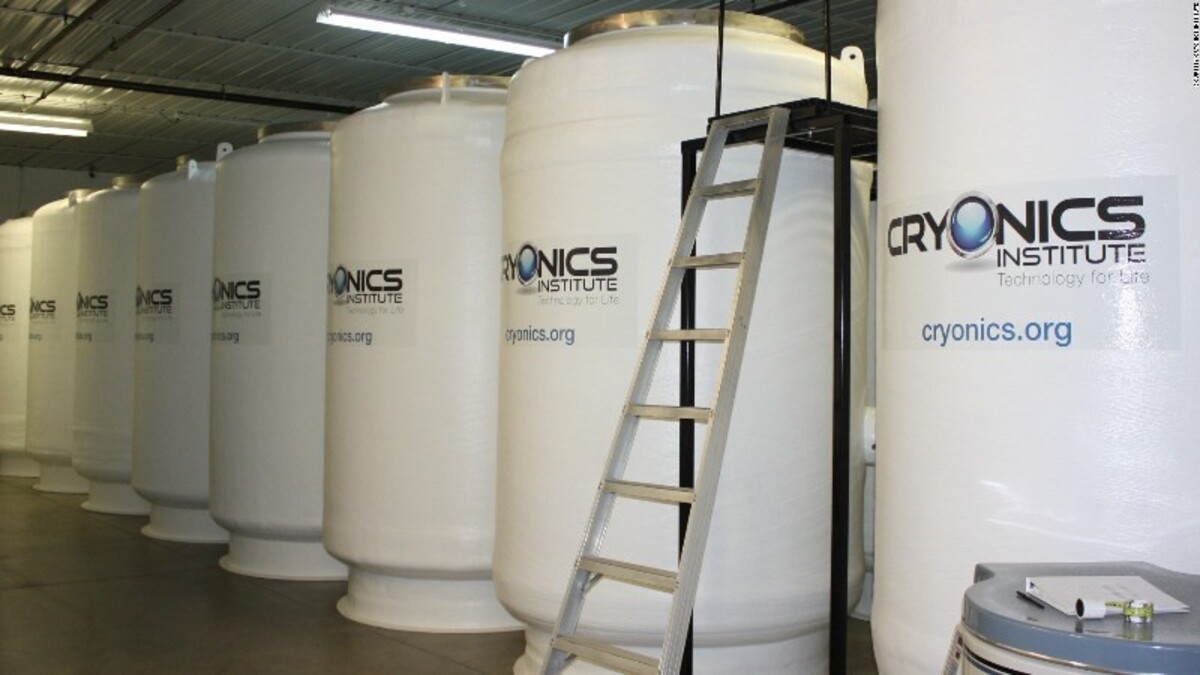
How can we get "antifreeze" into the body?
We can already deep freeze and thaw several cell types, most commonly sperm, eggs and monolayer tissues. For larger structures, such as the body, the key is to get the "antifreeze" to all the cells very quickly and as soon as we remove the saline from them.
Today, we simply mix the sperm or eggs with a cryoprotectant in a small tube and have about a minute to freeze with liquid nitrogen. With a whole body, however, in such a short time the liquid cannot reach all the cells evenly.
Theoretically, it is also possible to flush out the blood and use the vascular system to distribute the "antifreeze". The ideal would be to deliver it by perfusion through the heart, nose and lungs and at the same time immerse the whole body in the solution.
What technologies do we need to improve in cryopreservation?We have two main challenges. Finding a "antifreeze" that is non-toxic and that cells can live in, and learning how to cool and thaw in a way that prevents cracks and crystallization.
Today we can cryopreserve cells, the next step is cell cultures and then organs. Among the organs, we have recently successfully deep-frozen and transplanted a mouse kidney while maintaining full functionality. When this is done in humans, it will be a breakthrough.
Today, for example, 70% of donor lungs go straight into the bin, as they can only be "on ice" for 30 hours. If we extend this time to a month or two by cryopreservation, we can create a bank of organs. It would be a complete game changer.
Isn't cryopreservation only for rich people?
We try to make it for everyone who is interested.
How much does it cost?
There are different price categories according to the level of service. The most expensive is viewing plus stand-by service. Stand-by starts when the doctors tell you that your time can be counted on the fingers of one hand. That's when a team arrives with a specially equipped ambulance to take the person over as soon as death is legally declared by medical authority.
The fee is around 200,000 euros, with most of the money going to the stand-up team and the preparation procedures. Putting in liquid nitrogen is already relatively cheap and the vessels operate without electricity. All that is needed is to top up the liquid nitrogen from time to time. A litre of nitrogen costs about a euro, with one body evaporating four litres a day. To maintain a cryopreserved human costs at most several thousand euros a year.
Do clients pay in one lump sum or in instalments?
We do not recommend paying all at once, but in monthly installments. We advise people to take out a life insurance policy which they transfer to us. If something happens to them afterwards, the money from the policy will cover the costs.
Can't you freeze a person who is still alive?
No. However, clients are strongly advised to request a do not resuscitate document. There are several types of death. When a person dies legally and we resuscitate them in the moment, putting on an oxygen mask will maintain vital signs. The second, even more ideal category is clinical death, when a doctor figuratively throws a towel over a person on life support and says they can't see a way to revive them.
The least promising death is the so-called information death. When a 5-ton block of concrete falls on you in the street, crushes you into a pancake, and destroys all bodily structures, there is no point in doing anything anymore.
But is it theoretically easier to freeze a living person?
It certainly does. It would definitely be easier for a living person to administer substances to help with vitrification. However, this is absolutely unthinkable. It would be complete suicide for us as a company, and then we could be frozen ourselves. (laughs)
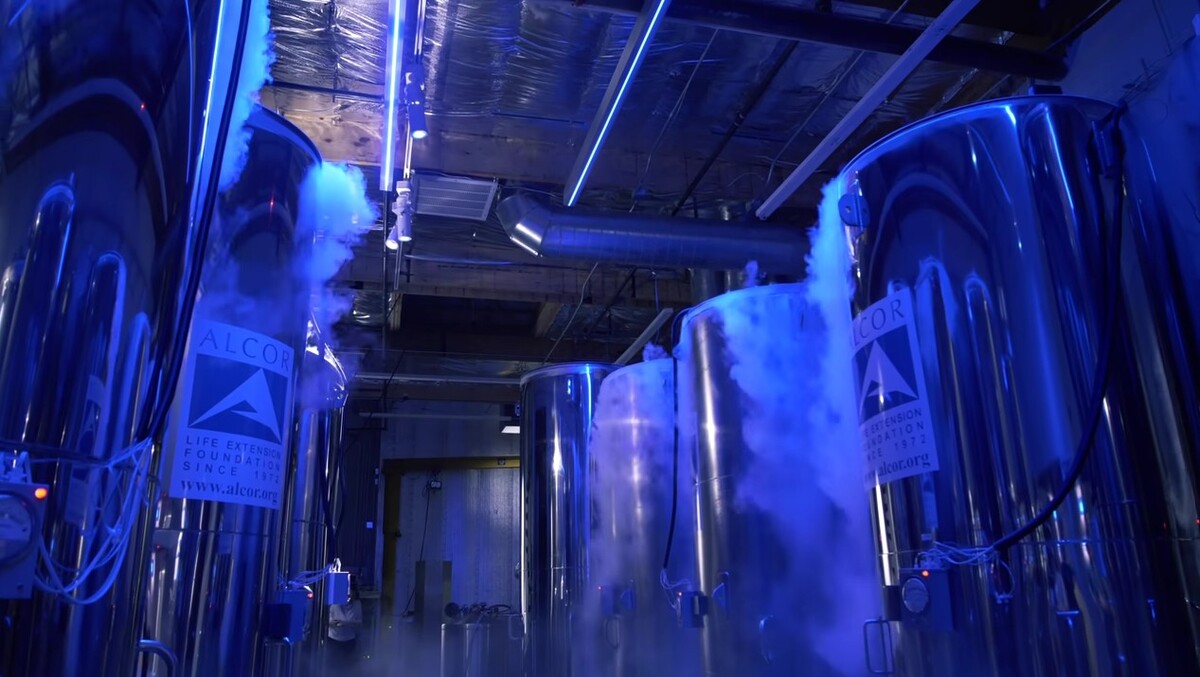
But when someone is on their deathbed and knows they are going to die, they might want to take a chance.
It would certainly be good for him. For us, however, it is unacceptable, as we would end up in prison for murder. We want to be fair, and any trouble with the law is not worth it to us. We are not willing to risk our careers. I should add that I was conducting research, I was not trained to deal with ethical issues.
So the ideal case is a person deceased in the hospital, with an ambulance already waiting for them. I assume you have to cooperate with the hospital. How and why will they hand over the body to you?
We cooperate from the legal side. Each country has a slightly different approach, and in Germany, for example, it is more complicated than in Switzerland, where it is enough to declare death if a person stops breathing and their heart stops.
If both the doctor and the family of the deceased are familiar with us, we have no problem starting the cooling process at a moment's notice and transporting the body to our facility where several days of preparation will begin.
What about in Germany?
There you have to wait for the formation of blood bruises on the underside of the body, which will begin to form after about an hour. Time is playing against us, as hypoxic damage occurs, which is difficult to fight.
Do cryopreservation adepts have to be within a certain geographical radius?
In part. If we can cool a person down immediately, we buy time for transport. We can also artificially oxygenate the blood in the ambulance and stretch minutes into hours. We want the damage to be as little as possible, and we try to minimize it at every stage.
So you can transfer someone from Slovakia?
It takes up to 10 hours from Slovakia. If we are immediately at the deathbed, transport is much less of a problem than if we reach the body in Switzerland three hours after death. We try to avoid this by informing our clients so that they don't die badly.
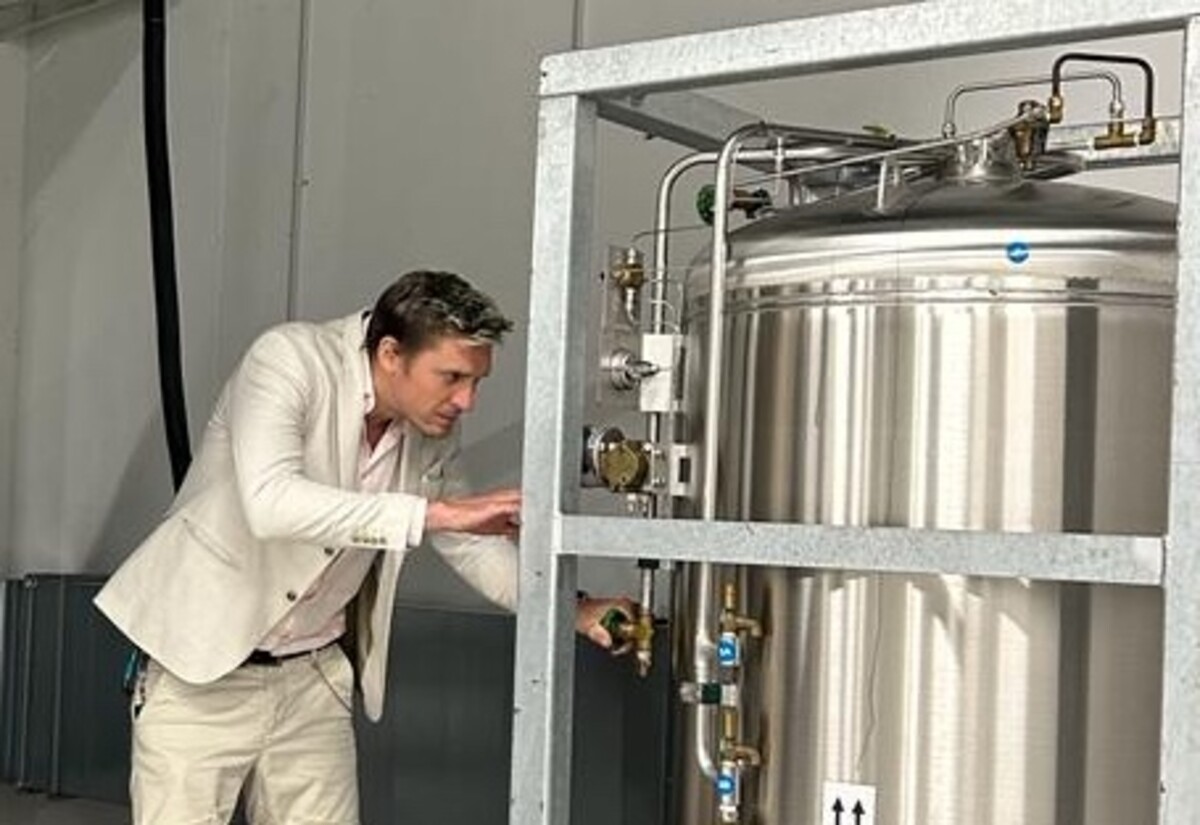
So how do you die well?
You need to die so that the people around you know about you. If you die alone at home and are found after two days, even holy water will most likely not help you.
Do you freeze yourself?
I don't foresee my life ending prematurely, but if such a situation were to arise, it probably would. I dare not predict what the world will be like a hundred years from now, but as a naturally curious person, I would certainly go see it.
Is there a specific reason why a cryopreservation company is based in Switzerland?
Do you know a more stable place in the world? We could be based at the North Pole, but we would have too many logistical problems. In the civilized world, only "first world" countries in Europe and North America come to mind, as there is not much support for this research in Asia yet.
Switzerland is at the centre of Europe and, moreover, it is the most politically and historically stable country. It is also stable geologically. There are no typhoons, tsunamis or earthquakes.
The idea of cryopreservation is, naturally, quite controversial. Is the view of the general public changing over time?
Yeah. Nowadays, the most frequent criticism comes from people who know next to nothing about cryopreservation. They talk about unfairness and that we are only for the rich. Another type of criticism says that there are enough people in the world already.
Believers tend to have doubts about the soul for a change. It's hard to answer. I take it with humour. I often answer that we have a special container for the soul, a pickle jar. (laughter) But the consensus in the scientific world is that the soul is part of consciousness, which resides in the brain.
Have you come across the designation of cryopreservation as a pseudoscience?
No. I haven't met a scientist who questions our research. The pseudoscience label implies that we are trying to falsify research and results. It's not, and we're not conjuring crystals or elixirs.
You are, however, offering something that may not be achievable.
It's not related. It is not true that we are selling false hope. It would be true if we were convinced that one day it could not be done. However, my colleagues and I truly believe that it will be done one day. When we look at where science was a few years ago and where it is now, we see incredible progress.
If I had said 50 years ago that we could freeze sperm and eggs, and 70% of them would be viable when thawed, I would have been laughed at and declared a fool. Scientific progress is unstoppable.
In principle, it's the same as when someone invests in a startup. The drowning man is also grasping at straws and many people want to take the last option. We don't promise anyone that they will succeed one day. But we will do everything we can to preserve the body with as little damage as possible. Once a person is immersed in liquid nitrogen at -196 degrees, time stops for them and they can stay there for thousands of years.
This gives scientists enough room to come up with something. I sincerely hope that one day it will actually be possible. Although I don't know if I'll live to see it myself. Theoretically, in the future, I also allow for the possibility of scanning and reassembling someone using a 3D printer in an atom-by-atom fashion.
Can your clients choose when to defrost them?
Definitely. People have different preferences. For example, they want to get locked up with a partner and wait until a treatment is found for both of them. We treat patients very individually and work with the family as well. After all, a person is likely to wake up at a time when they don't know anyone and they have to have some way of securing their financial means to live.
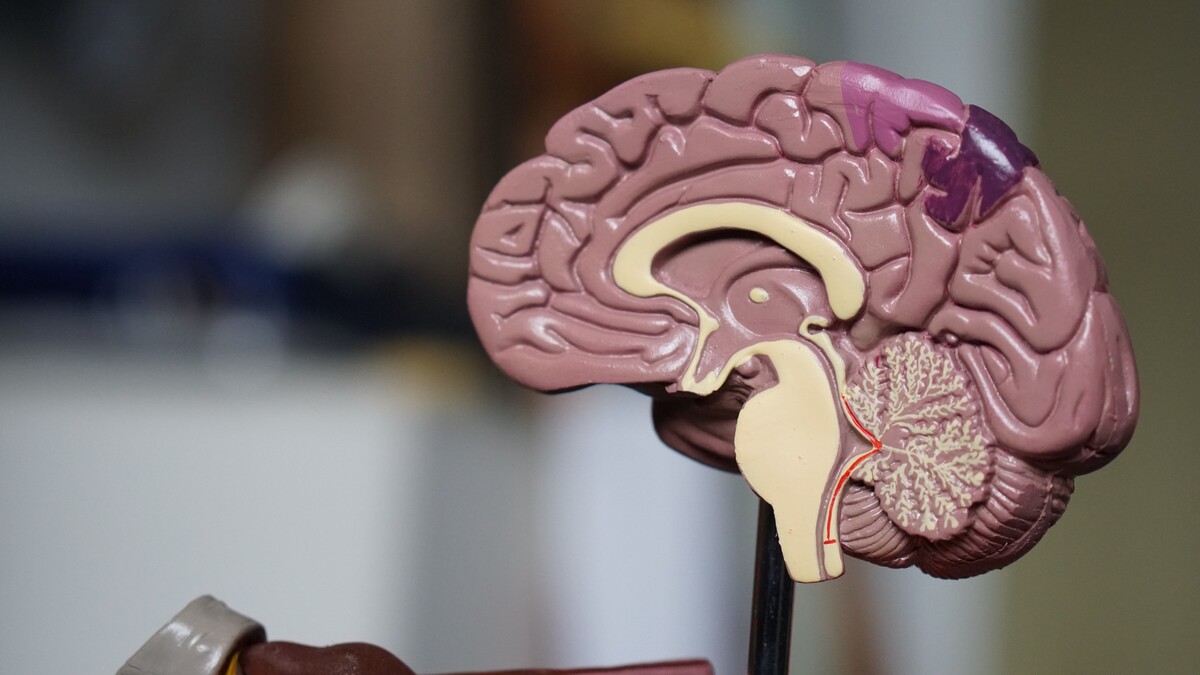
There is also the possibility of brain freeze. What are its advantages?
It is theoretically possible and significantly cheaper. The costs are in the order of thousands of euros. We do not offer this service, but if someone really wants it, we can agree. We have the technology to do it. However, you will have to supply us with the brains, because we will not come for them by ambulance. It is the optimal solution, for example, in the event of a serious car accident. If you lose your whole body in a motorbike accident, but you find a helmet with a head on it, we can handle it.
As a neuroscientist, I've taken brains out of skulls a few times and it's not easy. It's like a gel that you have to stabilize somehow. That's far from the only problem.
Moreover, the hope that your consciousness will ever be switched on again is uncertain. In Lausanne, the Human Brain Project, which aims to simulate the workings of the brain, has been looking into this question for a long time. After more than 10 years of trying, they have so far only managed to simulate about one cubic centimeter.
We need to be able to read the brain down to the micron size in the future, and even then we may not get the full picture. So we will have to wait a while to read the brain in full detail. One day, however, it will certainly be possible. When we can map it, we will also learn to read and simulate it. The question also remains whether the spatial organization of electrical discharges in the brain does not by chance play an essential role in the formation of consciousness.
The word simulate sounds rather abstract in the case of consciousness.
If you no longer have a body of your own, and it's not even possible to create a bionic one, they'll probably upload you as an avatar into a virtual world. It should still be at least partly you, though.
If problems persis, please contact administrator.





